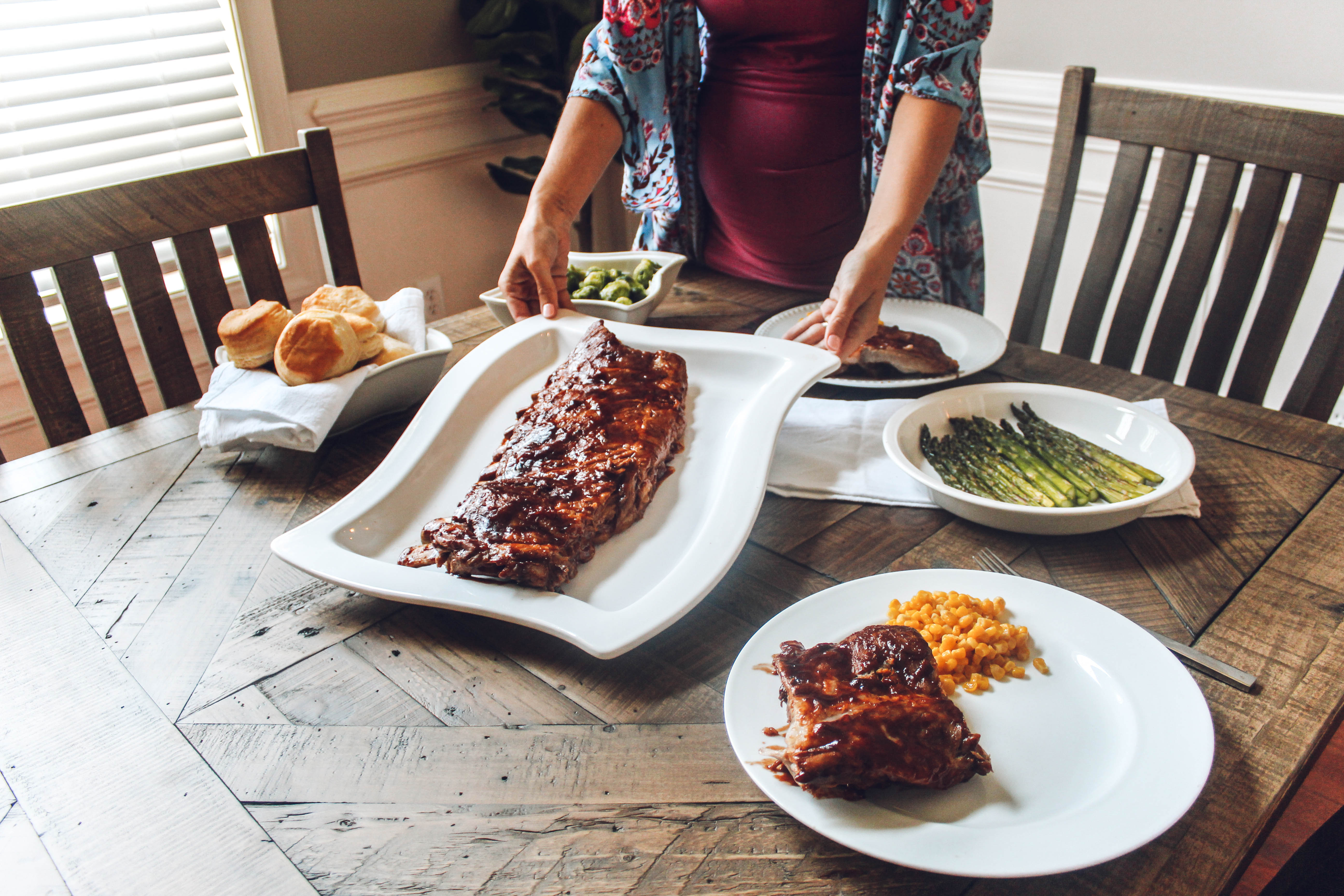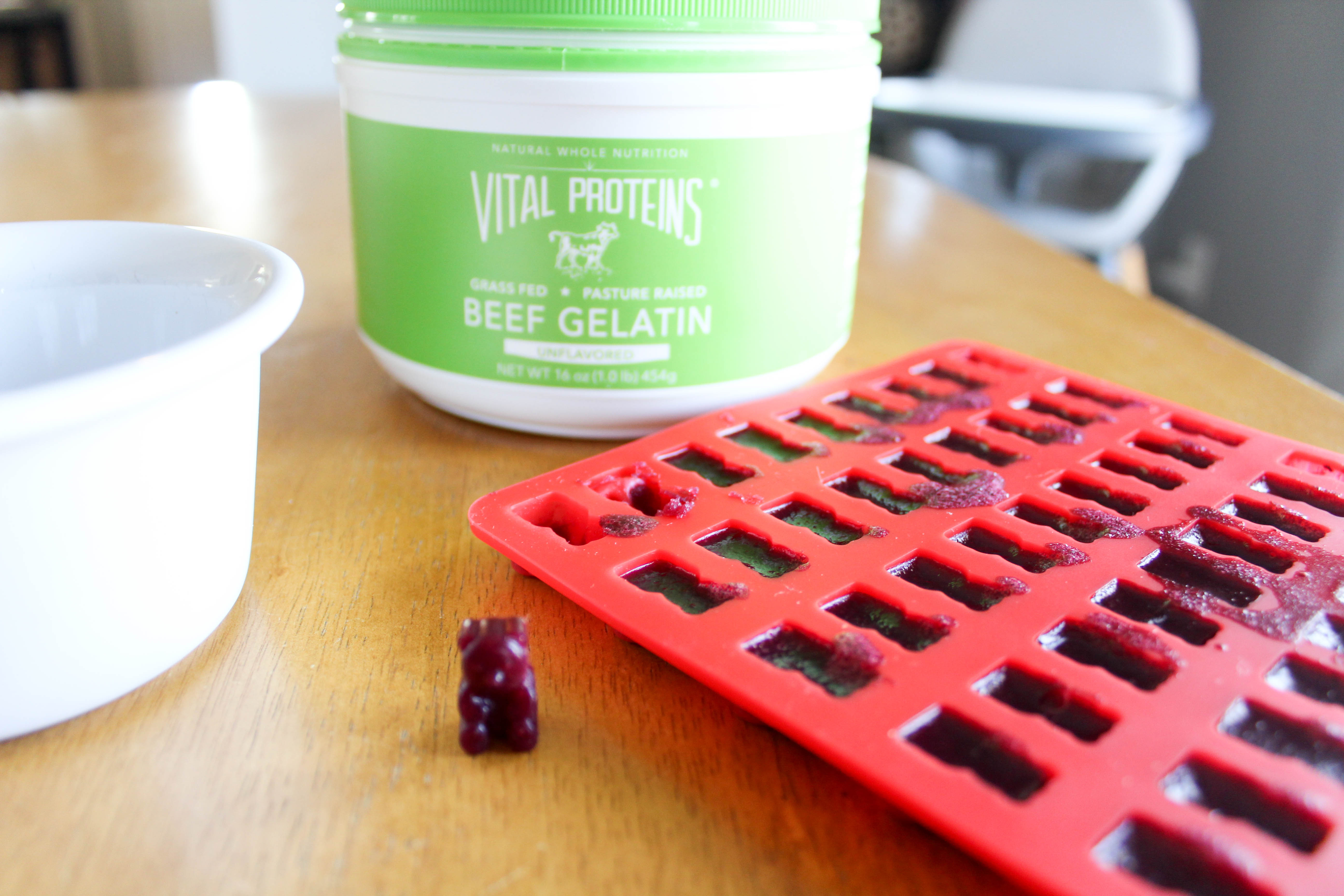
How Our Family Saves Money on Groceries As a Family of 9



Feeding a family of nine while sticking to a budget is no small feat, especially when you’re committed to eating mostly organic and whole foods. Over the years, we’ve fine-tuned a system that works for us, balancing nutrition, simplicity, and savings. If you’re looking for tips to cut grocery costs without sacrificing quality, I’m sharing everything that helps us make it work.
1. Meal Planning Is a Game Changer
The number one way we save money is by planning meals for the week. Knowing exactly what we’ll eat helps me avoid impulse buys and ensures we’re using everything we purchase.
Here’s how I do it:
- Choose a theme for each day: Think Meatless Monday, Taco Tuesday, and Slow-Cooker Sunday. Themes make planning easier and keep the family excited.
- Batch cooking: I cook larger meals like soups, casseroles, or roasted meats that can be stretched into lunches or dinner leftovers.
If you’re overwhelmed by the idea of meal planning, I’ve created a customizable weekly template you can download for free. It’s the exact tool I use to stay organized and stress-free.
2. Shop Sales and Buy in Bulk
We save a ton by buying pantry staples in bulk. Foods like rice, oats, beans, and nuts are much cheaper when purchased in larger quantities. For organic produce, I look for sales at local grocery stores or farmer’s markets, then freeze extras for later.
Pro tip: If you have a membership to a warehouse club, check their organic options for bulk items like flour, snacks, or frozen vegetables. I love shopping Azure Standard when I buy bulk organic for our family.
3. Prioritize Whole Foods
Pre-packaged and processed items are not only less nutritious but can also drain your budget fast. Instead, we focus on:
- Whole ingredients: Fresh fruits, vegetables, whole grains, and proteins.
- Homemade snacks: My kids love energy balls, homemade granola, and yogurt with fresh fruit. Making these at home saves a lot compared to store-bought options.
4. Stick to the List
Going grocery shopping without a list is asking for trouble (and an inflated bill). Before I shop, I write down only what we need for the meals I’ve planned. This keeps me on track and helps avoid those tempting but unnecessary extras.
Another tip? Eat before you shop! A hungry mom in the grocery store = way too many snacks in the cart.
5. Stretch Proteins
Meat can be one of the most expensive items in your cart, so I’ve learned to stretch it while keeping meals satisfying. For example:
- Add beans or lentils to ground beef for tacos or casseroles.
- Use less expensive cuts of meat for slow-cooker meals.
- Incorporate eggs, which are a budget-friendly protein powerhouse.
While we’re not vegan, we occasionally swap a meat-heavy meal for a hearty vegetable soup or pasta dish to save a little more.
6. Utilize Leftovers Like a Pro
I’m all about leftovers, and in a family of nine, there’s always something to use up. Here’s what works for us:
- Transform leftovers into new meals. For example, roasted chicken becomes chicken salad or soup.
- Have a weekly “clean-out-the-fridge” night. Everyone gets a mix of what’s left from earlier meals, and nothing goes to waste.
7. Get the Kids Involved
Grocery shopping and cooking are family activities in our home. I involve the kids in everything from picking recipes to helping prep meals. Not only does this save time, but it also teaches them valuable skills and helps prevent picky eating.
8. Find Creative Ways to Save
Here are a few other tricks that help us stay under budget:
- Freeze everything. Bought too much fresh produce? Freeze it before it spoils for smoothies or soups later.
- Use cashback apps. Apps like Ibotta and Fetch Rewards can save you money on everyday purchases.
- Stock up on sales. If there’s a great deal on something we use often (like pasta or canned tomatoes), I stock up for future weeks.
This Week’s Budget Breakdown
To give you a real example, this week I challenged myself to keep our grocery bill under $450, and here’s how it looked:
- Planned meals in advance to avoid extra trips to the store.
- Focused on budget-friendly recipes like soups, stews, and casseroles.
- Bought seasonal produce, which is usually less expensive.
By sticking to these strategies, we were able to eat well without overspending.
Feeding a large family doesn’t have to mean breaking the bank. With a little planning, creativity, and discipline, you can eat healthy, organic meals while staying within your budget. I hope these tips inspire you to rethink your grocery routine and find ways to save while nourishing your family.
Got any budget-saving tips of your own? I’d love to hear them! Drop a comment below or share with me on Instagram – let’s help each other live healthier without the overwhelm.



